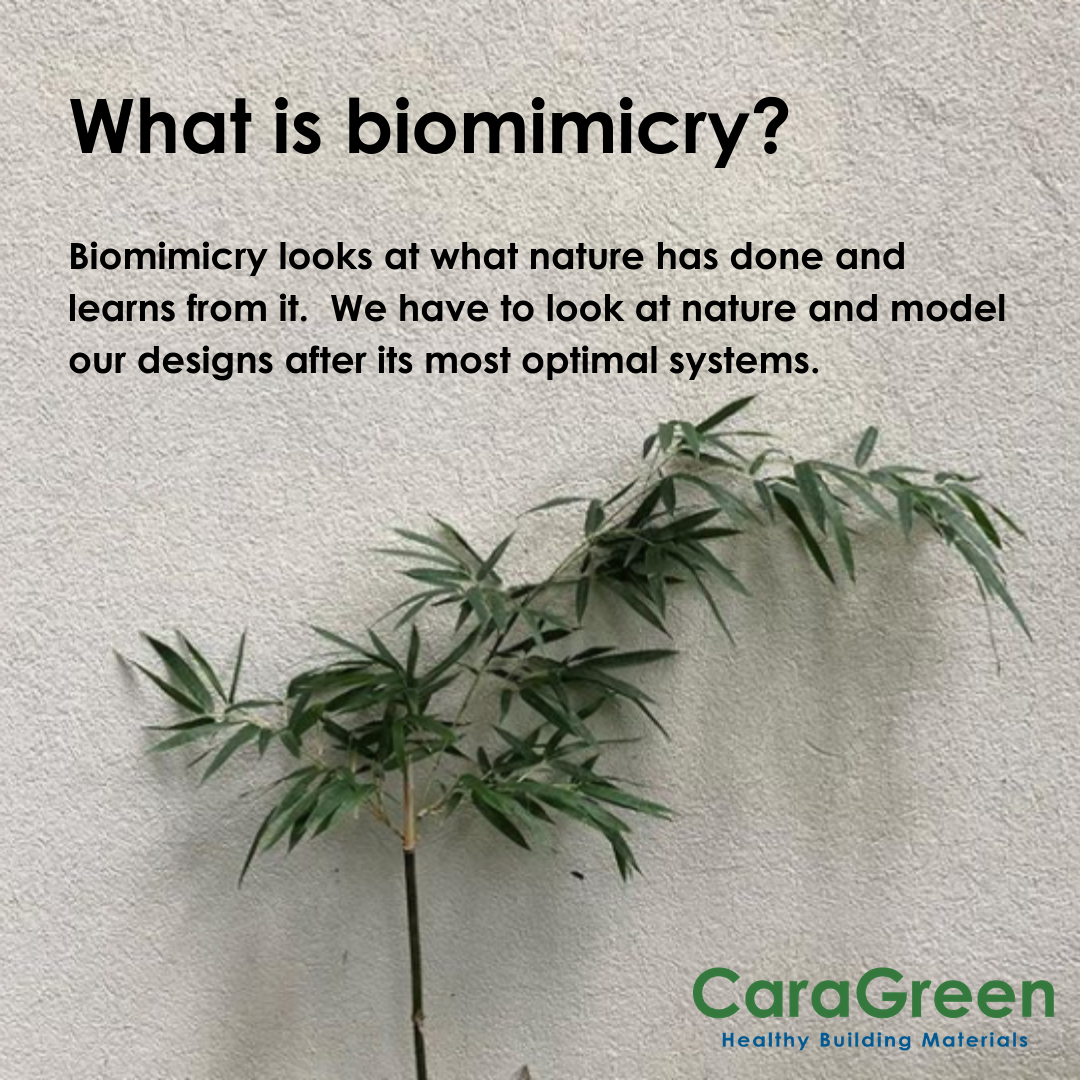How Does Architecture Incorporate Principles Of Biomimicry?
 Architecture has always been a field of human innovation, creativity, and imagination. Over the years, it has evolved in style, materials, and methods of construction. However, inspired by nature, architects have been incorporating the principles of biomimicry in their projects. Biomimicry, as the name suggests, is the practice of drawing inspiration from nature and its processes to solve human problems and create sustainable designs.
Architecture has always been a field of human innovation, creativity, and imagination. Over the years, it has evolved in style, materials, and methods of construction. However, inspired by nature, architects have been incorporating the principles of biomimicry in their projects. Biomimicry, as the name suggests, is the practice of drawing inspiration from nature and its processes to solve human problems and create sustainable designs.
Biomimicry in architecture has gained popularity in recent times due to its various benefits and advantages. In this post, let us explore the concept of biomimicry in architecture, its benefits, and how it is transforming the way we design and build our buildings.
Benefits of Biomimicry in Architecture
- Sustainability: Biomimicry in architecture promotes sustainability by creating designs that are in harmony with the environment. Nature offers the best examples of sustainable design, and by studying how ecosystems function and adapt, architects can create buildings that use fewer resources and have less impact on the environment.
- Efficiency: Nature is incredibly efficient, and biomimicry in architecture can help achieve greater efficiency in the use of energy and resources. By studying how natural systems and processes work, architects can incorporate those principles in their designs and create buildings that can operate more efficiently with less energy consumption.
- Resilience: Nature has a remarkable ability to adapt and respond to changing conditions. By using biomimicry in architecture, architects can create designs that are more resilient to environmental changes and natural disasters, thereby ensuring the safety and well-being of the occupants.
- Human Health: Biomimicry in architecture can also contribute to human health and well-being. By creating designs that reflect natural elements, architects can create spaces that have a calming and soothing effect, reducing stress and improving productivity.
Examples of Biomimicry in Architecture
There are numerous examples of biomimicry in architecture from around the world. Here are some of the most notable ones:
Burj Khalifa
The Burj Khalifa, the tallest building in the world, is an example of biomimicry in architecture. The design of the building was inspired by the structure of a desert flower, and the building's shape is meant to mimic the shape of the flower.
Eastgate Centre
The Eastgate Centre in Zimbabwe is an example of biomimicry in architecture that focuses on energy efficiency. The building was designed to function like a termite mound, with a ventilation system that regulates the temperature and airflow naturally, reducing energy consumption.
The Gherkin
The Gherkin, a skyscraper in London, is an example of biomimicry in its use of double-paned glass to reduce energy consumption. The design of the building was inspired by the Venus flower basket, a deep-sea sponge that has a unique structure that allows it to withstand water pressure.
How Biomimicry is Transforming Architecture
Biomimicry is transforming architecture in various ways, from the design process to the materials used in construction. Here are some examples of how biomimicry is transforming architecture:
Bio-Inspired Materials
Biomimicry has inspired the development of new materials that are more sustainable and durable. For example, researchers are exploring ways to create concrete that mimics the structure of coral, making it more resistant to wear and tear and reducing its environmental impact.
Smart Buildings
By incorporating biomimicry principles, architects are creating "smart buildings" that can adapt to changing conditions and regulate energy consumption. For example, buildings that mimic the way trees regulate temperature and humidity can reduce the need for air conditioning and heating.
Green Roofs and Walls
Biomimicry has also inspired the development of green roofs and walls, which mimic the natural functions of plants to absorb water and reduce heat. These green roofs and walls can help reduce energy consumption, improve air quality, and mitigate the urban heat island effect.
FAQs
1. What is biomimicry in architecture?
Biomimicry in architecture is the practice of drawing inspiration from nature and incorporating its principles into the design and construction of buildings.
2. What are the benefits of biomimicry in architecture?
Some of the benefits of biomimicry in architecture include sustainability, efficiency, resilience, and human health.
3. What are some examples of biomimicry in architecture?
Some examples of biomimicry in architecture include the Burj Khalifa, the Eastgate Centre, and the Gherkin.
4. How is biomimicry transforming architecture?
Biomimicry is transforming architecture by inspiring the development of new materials, creating smart buildings, and promoting the use of green roofs and walls.
5. What is the future of biomimicry in architecture?
The future of biomimicry in architecture looks bright as more architects, engineers, and designers recognize its potential for sustainable and efficient design.
As we can see, biomimicry in architecture has numerous benefits and advantages. By drawing inspiration from nature, architects can create designs that are sustainable, efficient, and resilient. As we continue to face significant challenges related to climate change and environmental sustainability, biomimicry in architecture can offer a way forward to create a better and more sustainable future for us all.



Post a Comment for "How Does Architecture Incorporate Principles Of Biomimicry?"